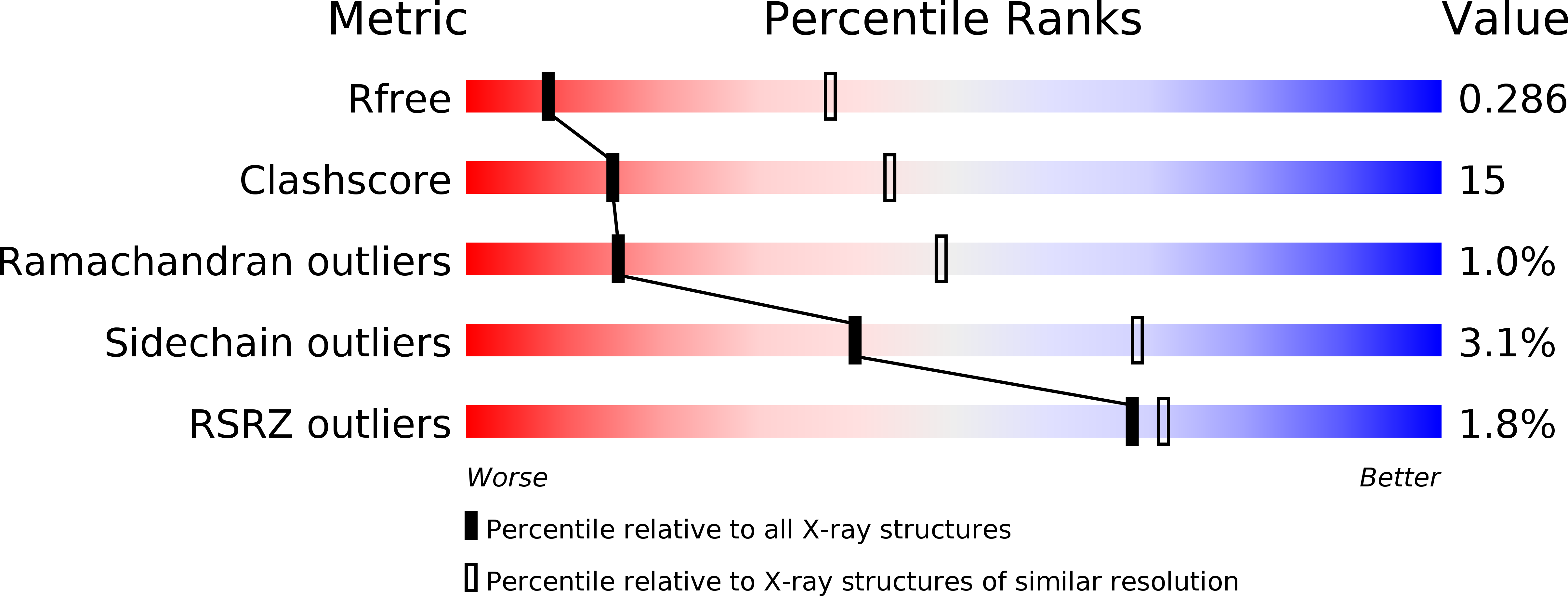
Deposition Date
2017-03-17
Release Date
2017-10-18
Last Version Date
2024-03-06
Entry Detail
PDB ID:
5V6N
Keywords:
Title:
Crystal Structure of the highly open channel-stabilized mutant C27S + K33C + I9'A + N21'C of GLIC under reducing conditions.
Biological Source:
Source Organism:
Gloeobacter violaceus (strain PCC 7421) (Taxon ID: 251221)
Host Organism:
Method Details:
Experimental Method:
Resolution:
3.36 Å
R-Value Free:
0.28
R-Value Work:
0.23
R-Value Observed:
0.23
Space Group:
C 1 2 1


